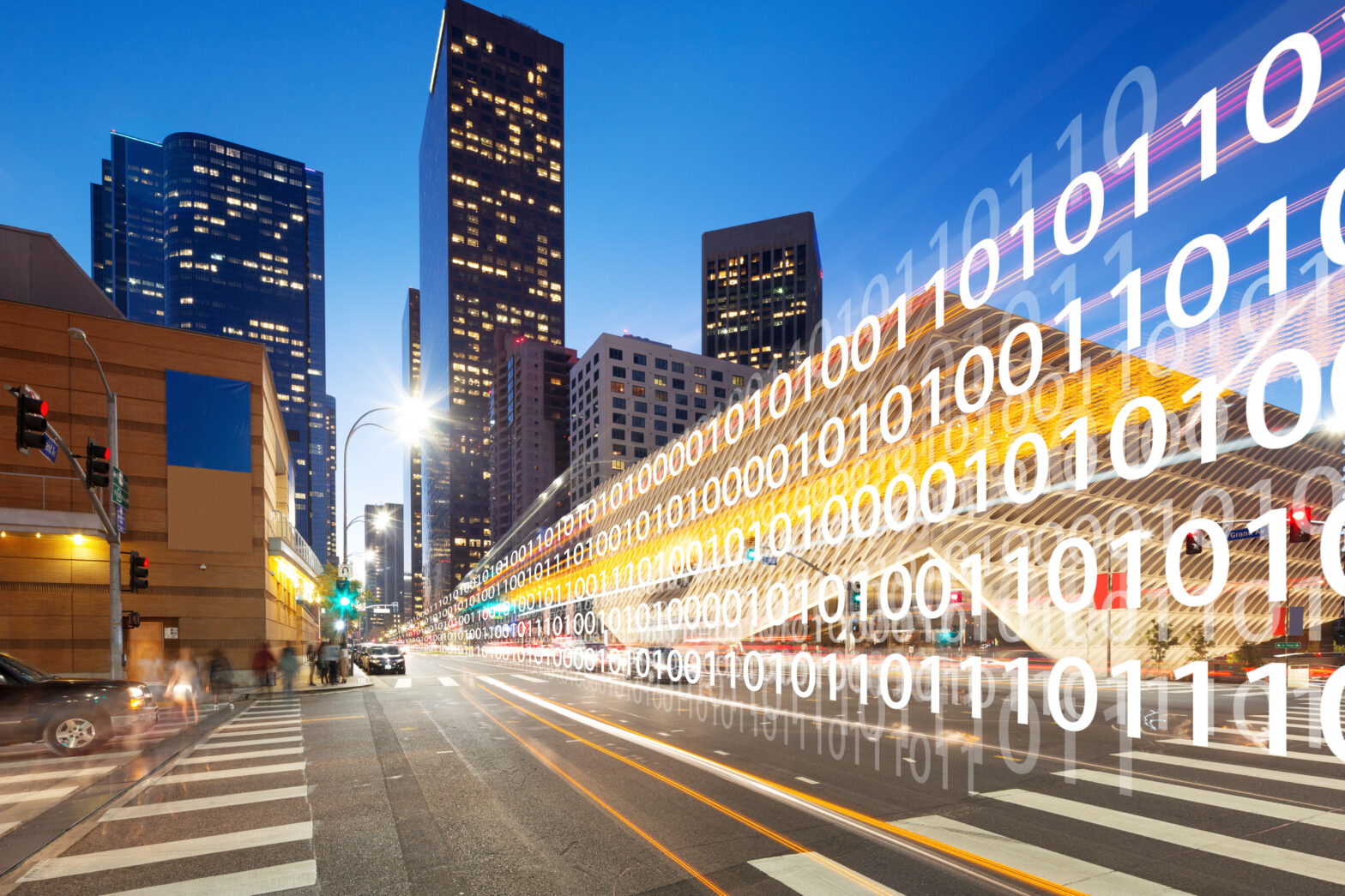As technological capabilities increase, and working practices change, so too do the opportunities and need to develop ‘smart buildings’. The adoption of these structures is already on the rise, but will undoubtedly falter if a strong business case isn’t made to encourage widespread uptake. In order to achieve this, key decision makers must understand the benefits smart buildings provide for both inhabitants and investors.
>See also: How smart buildings can use big data to shape the future of work
The key advantage of smart buildings is that their connected environments unite people and information in a meaningful way. This empowers employees to boost their creativity and productivity by exploring new ways of working, and companies to use the data they collect to inform the management of the building.
Understanding smart buildings
In smart Buildings, ‘soft’ digital infrastructure, that utilises IoT and machine learning, is elevated to equal importance as the bricks and mortar that make up the building. At a basic level, Smart buildings can automatically control lighting, heating, ventilation and a myriad of other internal operations. However, what’s truly exciting about smart buildings is the behavioural data the sensors connected to these systems collect.
By analysing the data the building collects in real-time, a two-way conversation is created between the structure and its inhabitants. This means that it can learn to respond in a tailored way to different stimuli. For instance, an integrated digital ceiling can sense when people are in a room and manage the temperature and air ventilation according to their preferences.
>See also: Planning for the future of smart cities and the Internet of Things
It can also alert other colleagues that the room is in use, and by whom, meaning it is easy to locate individuals over a large area and simply identify which spaces are free and which aren’t, boosting productivity. This is the ultimate promise of smart buildings – to create a space that improves the lives of the people spending everyday there.
Boosting productivity
Over the last few years there have been two major shifts in working practices. The rise of flexible working, and increasing emphasis on employee welfare, which includes their satisfaction with their working environment. Smart technology has facilitated this change, and smart buildings will help meet the demands it presents.
Smart buildings empower employees to explore new ways of working to boost creativity and productivity. Collaboration between workmates is facilitated through intuitive wayfinding in vast campuses enabling you to easily locate: colleagues, free spaces to work, meeting rooms or just a quiet space where you can concentrate.
Optimising your space
London real estate costs have now spiralled up to £20,000 per 100 square foot. Yet space utilisation in the capital is as low as 48 percent, in large part due to increasing workplace mobility. If tenants want to make the most of their money they need to become savvier at optimising space.
>See also: Building a smart city in the connected age
Smart buildings typically push space utilisation above 80 percent. This is enabled through their ability to collect data on how the building is being used, so that redundant spaces can be identified and put to better internal use, sub-let or sold for profit.
For example, RedstoneConnect’s OneSpace software technology enabled UBM to identify which types of space worked well for their company and resultantly condense their operations into six rather than seven floors, achieving a 1:1.4 desk to colleague ratio. This drove costs down significantly, not to mention improving the working environment for employees.
Smart buildings will push spaces to work harder for their money and bend over backwards to engage with their inhabitants. They will empower organisations to become more competitive by reducing costs, while simultaneously enhancing employee engagement through creating physical environments that reflect the culture of their workforce.
Sourced by Mark Braund, CEO of RedstoneConnect
The Women in IT Awards is the technology world’s most prominent and influential diversity program. On 22 March 2018, the event will come to the US for the first time, taking place in one of the world’s most prominent business cities: New York. Nominations are now open for the Women in IT USA Awards 2018. Click here to nominate







